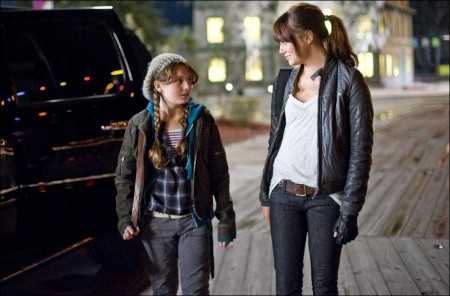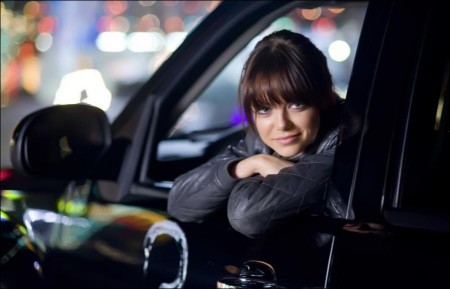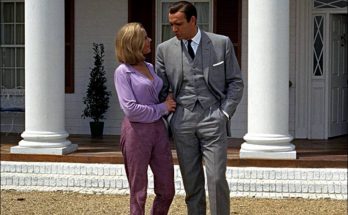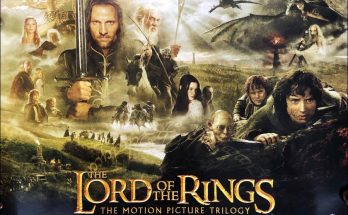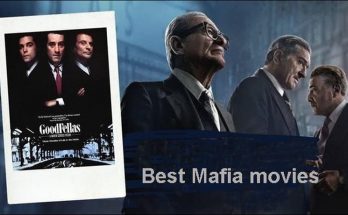Zombieland and creating post-apocalyptic world. Very early on in pre-production, Robert Fleischer also began to shape the look of the film and the all-important zombies. “Before I started working on this film, the only zombie movie I had ever seen was 28 Days Later,” admits the director. “At the time, I wasn’t really a devotee of zombie films, but once I began approaching the job, I started researching like crazy, and familiarized myself with all the movies just to make sure I was doing justice to them. I have a great deal of respect for the audience of the genre, and I wanted to make sure they would be happy with the movies that we made.”
In the writing of the script, it had been decided that there wouldn’t be any explanation of what caused humanity to be overtaken by the zombie plague. “This is a post-apocalyptic world,” says Fleischer. “It’s not people in the midst of a zombie scourge. Our story is about the people we’re following in this world, where there are way more zombies than people, and we wanted to tell the story of some of these few survivors struggling to make their way through.”
With that vision in mind, production designer Maher Ahmad would begin to shape the physical world that the characters inhabited. “Ruben and the writers determined that the story takes place just a couple of months after the major transformation of human into zombie, so our landscape is one more of abandonment than outright destruction. It’s not about buildings falling down or vegetation growing over. It is one of the spookiness that comes with abandonment and the fear that comes from not knowing what is around any corner.”
As for the look of the zombies themselves, one key decision was that the zombies would not themselves be funny; instead, they would be the straight man of sorts that the characters could play against. To achieve that, Fleischer decided to jettison some tired zombie lore in favor of a more modern take. “The classic and traditional zombies came from the undead,” explains the director. “I wanted to ground this story in reality as much as possible, so we determined this was a real disease that evolved and spread as a viral-based situation.”
Fleischer, special effects makeup designer Tony Gardner, and Gardner’s team researched infectious diseases, and their physical manifestations in the extreme stages. Explains SFX makeup artist Stephen Prouty, “What we wanted to show was that these people were infected. They’re still alive, but they’re ravaged with fever so they’re always wet and dripping, they’re hemorrhaging from all their orifices and spewing up a black bile-like substance.”
Despite their condition, Fleischer also wanted his zombies to retain a sense of their individuality. “Rather than just have everyone dressed like businessmen, or in jeans and t-shirts, I tried to have some of the wardrobe reflect who they were before they came down with the plague. We have some dressed as fast-food workers, farmers, depending on their geographical location in the story. At one setting, the L.A. amusement park, we had a lot of fun with the zombie characters, but overall I wanted to make sure that you never lost the person in the zombie, that you could always sense who that person was before they got transformed.”
That transformation affected hundreds of zombie extras, none more than the amusement park sequence. Over one hundred zombies (who had all auditioned in local casting calls) went through the makeup process. Their time in the makeup chair was dependent upon their action and placement in the scene. Prouty explains, “The more involved makeups, which included the prosthetic appliances, took close to an hour and a half. Then we had a mid-range level, which didn’t involve prosthetics – about 30 minutes. This is more of a paint job and application—using a drippy, gooey substance, tooth stain and contact lenses.”
Views: 91
